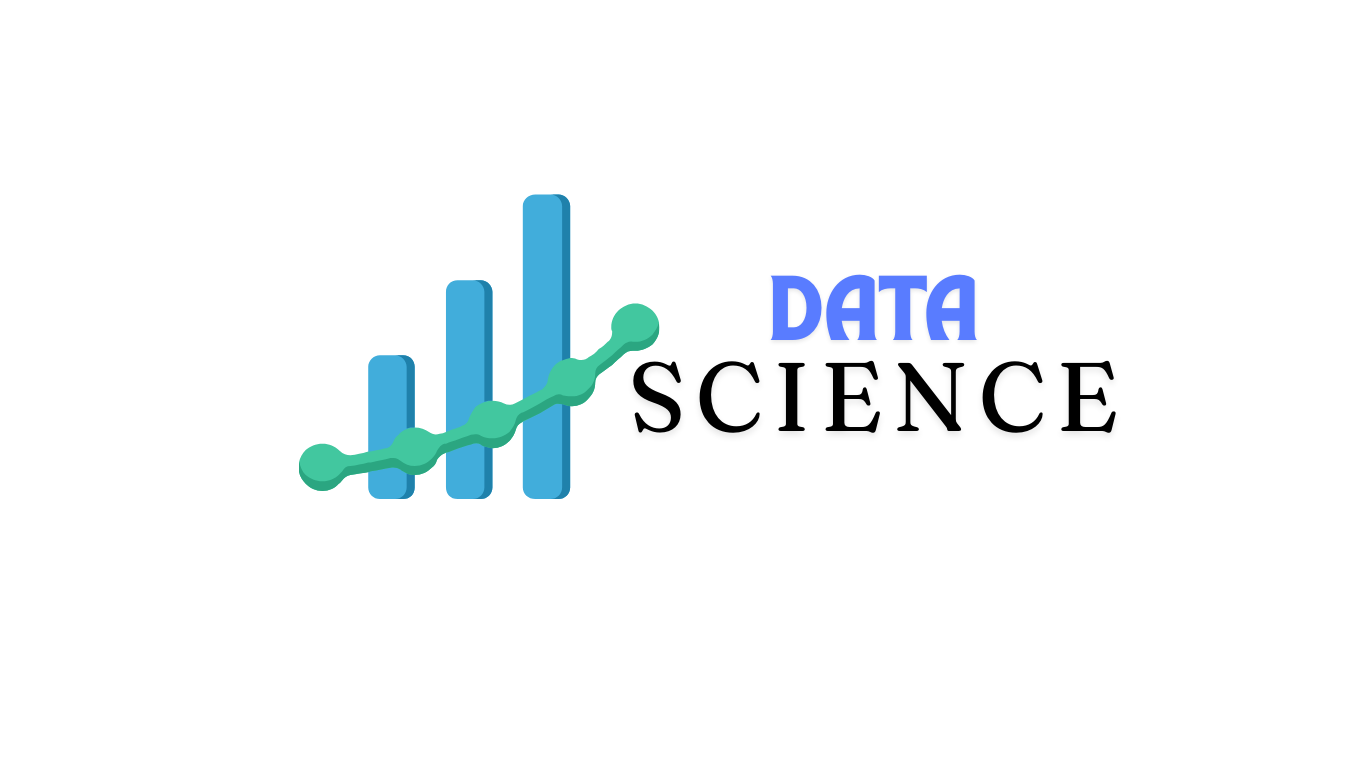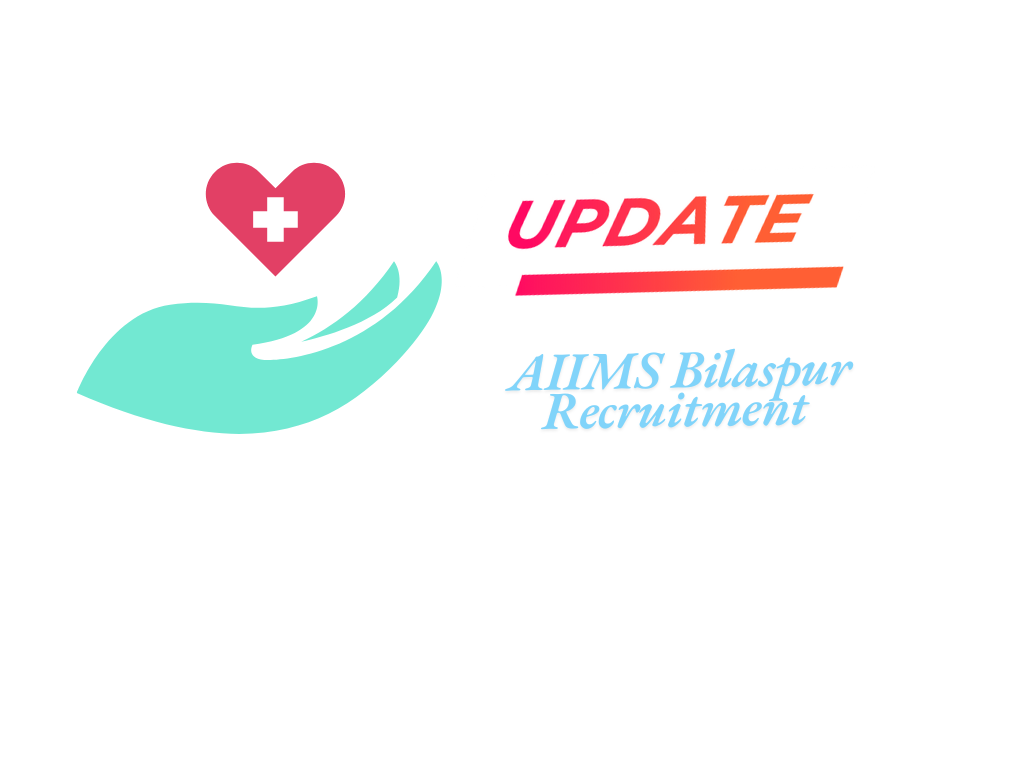Data Science Interview Questions and Answers Preparation Guide is a complete resource for mastering the fundamentals, practical skills, and advanced concepts of data science. It covers statistics, machine learning, big data, NLP, and case studies, offering structured Q and A for beginners and experts alike. Key topics include data preprocessing, feature engineering, model evaluation, and algorithm selection, building a strong foundation to crack interviews with confidence. With concise explanations, practical examples, and industry-focused insights, this guide serves as the perfect companion to excel in data science interviews and secure top positions in analytics, AI, and data-driven industries.
Q1. What is data science?
A] A multidisciplinary field combining statistics, machine learning, and domain expertise to analyze data and extract actionable insights.
Q2. What are the key steps in a data science project?
A] Data collection → Data cleaning → Exploratory Data Analysis (EDA) → Feature engineering → Model building → Evaluation → Deployment.
Q3. What is the difference between structured and unstructured data?
A] Structured: Tabular format (SQL, CSV).
Unstructured: Text, images, audio, and video.
Statistics & Probability
Q4. What is a p-value in hypothesis testing?
A] It measures the probability of obtaining results at least as extreme as observed, assuming the null hypothesis is true.
Q5. What is the Central Limit Theorem (CLT)?
A] As sample size increases, the distribution of sample means approaches a normal distribution, regardless of population distribution.
Q6. Explain correlation vs covariance.
A] Covariance: Indicates direction of relationship.
Correlation: Normalized measure (–1 to +1) showing strength and direction.
Machine Learning
Q7. What is the difference between supervised and unsupervised learning?
A] Supervised: Uses labeled data for prediction (classification, regression).
Unsupervised: Uses unlabeled data for pattern discovery (clustering, PCA).
Q8. What is overfitting, and how do you avoid it?
A] Overfitting = Model performs well on training but poorly on test data.
Fix → Regularization, pruning, cross-validation, dropout.
Q9. What is the difference between regression and classification?
A] Regression: Predicts continuous values (e.g., house price).
Classification: Predicts categories (e.g., spam vs. not spam).
Q10. Explain the bias-variance tradeoff.
A] High bias → Underfitting.
High variance → Overfitting.
Goal = balance both for optimal performance.
Model Evaluation
Q11. What are precision, recall, and F1-score?
A] Precision = TP / (TP + FP)
Recall = TP/(TP + FN).
F1-score = Harmonic mean of precision & recall.
Q12. What are ROC curves and AUC?
A] ROC plots True Positive Rate vs. False Positive Rate; AUC measures overall performance (closer to 1 = better).
Q13. What is cross-validation, and why is it used?
A] A resampling method to evaluate models by splitting data into folds → reduces bias & variance.
Feature Engineering
Q14. What is feature selection vs. feature extraction?
A] Selection: Choosing important features.
Extraction: Creating new features (PCA, embeddings).
Q15. What is normalization vs. standardization?
A] Normalization: Scales data to [0,1] range.
Standardization: Scales data to mean=0, std=1.
Advanced
Q16. What is the difference between bagging and boosting?
A] Bagging: Builds parallel models, reduces variance (e.g., Random Forest).
Boosting: Builds sequential models, reduces bias (e.g., XGBoost).
Q17. Explain L1 vs. L2 regularization.
A]L1 (Lasso): Shrinks some coefficients to zero → feature selection.
L2 (Ridge): Shrinks coefficients but keeps all → reduces overfitting.
Q18. How to handle imbalanced datasets?
A]Techniques include oversampling (SMOTE), undersampling, class-weight adjustment, and ensemble methods.
Q19. What is NLP in data science?
A] Natural Language Processing (NLP) is used for text analysis tasks like sentiment analysis, topic modeling, and chatbots.
Q20. What is Big Data, and how does it relate to Data Science?
A] Big Data = large, complex datasets (volume, velocity, variety). Data science uses tools like Hadoop and Spark to analyze them.
Q21. What is the difference between AI, ML, and data science?
A] Artificial Intelligence (AI): A broad field focused on building systems that can simulate human intelligence and decision-making.
Machine Learning (ML): A subset of AI that enables machines to learn patterns from data and improve performance without being explicitly programmed.
Data Science: A discipline that uses statistics, ML, programming, and domain knowledge to analyze, interpret, and derive insights from data.
How to crack a data science interview
1.Interview Stages
Resume/HR Screening :Focus on background, motivation, and soft skills.
Technical Round (Statistics & ML): Test of probability, statistics, ML algorithms, and math concepts.
Programming Round : Python/R, SQL, Pandas, NumPy, and problem-solving.
Case Study / Project Discussion : Applying ML/analytics to real-world problems.
System Design/Big Data (Senior Roles): Data pipelines, scalability, and distributed systems.
Behavioral & Business Round : Explaining insights clearly to non-technical stakeholders.
2. Core Areas to Master
Statistics & Probability
Mean, median, variance, and standard deviation.
Probability distributions: normal, binomial, and Poisson.
Hypothesis testing: p-value, t-test, chi-square.
Confidence intervals and A/B testing.
Machine Learning
Supervised vs. Unsupervised Learning.
Regression, classification, and clustering.
Decision Trees, Random Forest, Gradient Boosting, XGBoost.
Overfitting/underfitting & bias-variance tradeoff.
Model evaluation metrics: accuracy, precision, recall, F1-score, and ROC-AUC.
Programming
Python: Pandas, NumPy, Scikit-learn, Matplotlib/Seaborn.
SQL: Joins, window functions, aggregation, subqueries.
Problem-solving: LeetCode / HackerRank.
Big Data & Tools
Hadoop, Spark (for senior/advanced roles).
Cloud basics: AWS, GCP, and Azure ML services.
Business Sense
Translating data into actionable insights.
Framing business problems as data problems.
Communicating results effectively to non-technical audiences.
Project & Case Study Preparation
Be ready to explain 2–3 projects in detail:
Problem statement.
Dataset used & preprocessing steps.
Algorithm/model chosen (and justification).
Evaluation metrics.
Business impact & outcomes.
Case Study Practice Example:
“How would you build a churn prediction model for a telecom company.
4.Behavioral & Soft Skills
Why Data Science?
Example of solving a tough problem.
How you handle disagreements with stakeholders.
Explaining a complex ML model in simple terms.
5.Preparation Resources
Books:
Introduction to Statistical Learning (ISLR).
Hands-On Machine Learning with Scikit-Learn & TensorFlow.
Practice Platforms:
LeetCode : SQL & Python.
Kaggle : Projects & datasets.
StrataScratch : SQL & interview-style DS questions.
Mock Interviews:
Interview Query, Pramp, peers/network.
6. Tips to Crack the Interview
Revise core ML & statistics concepts thoroughly.
Practice SQL daily (heavily tested in interviews).
Prepare short, structured stories for projects.
Focus on communication simplify technical answers.
Think aloud when solving problems to show reasoning.



